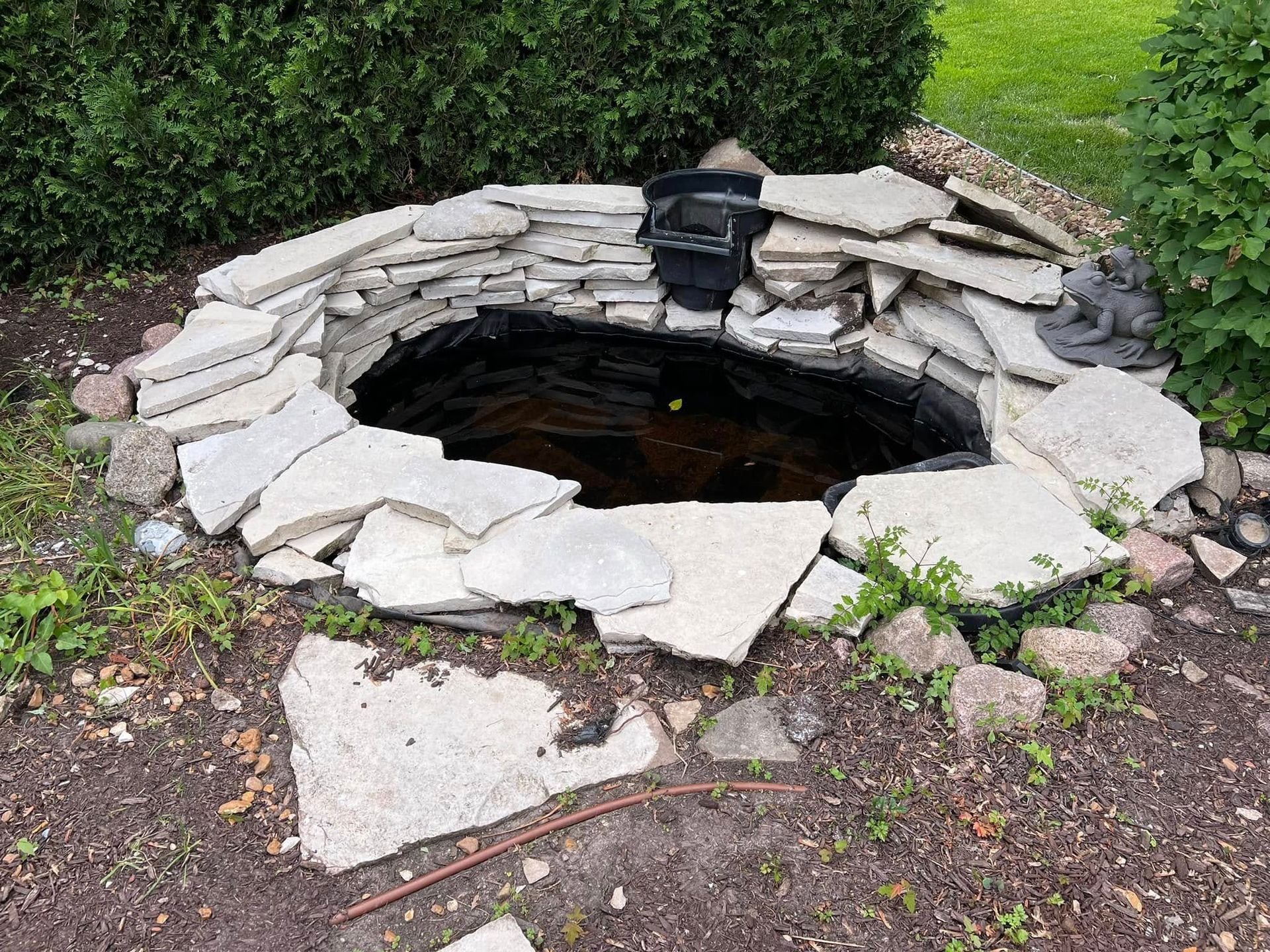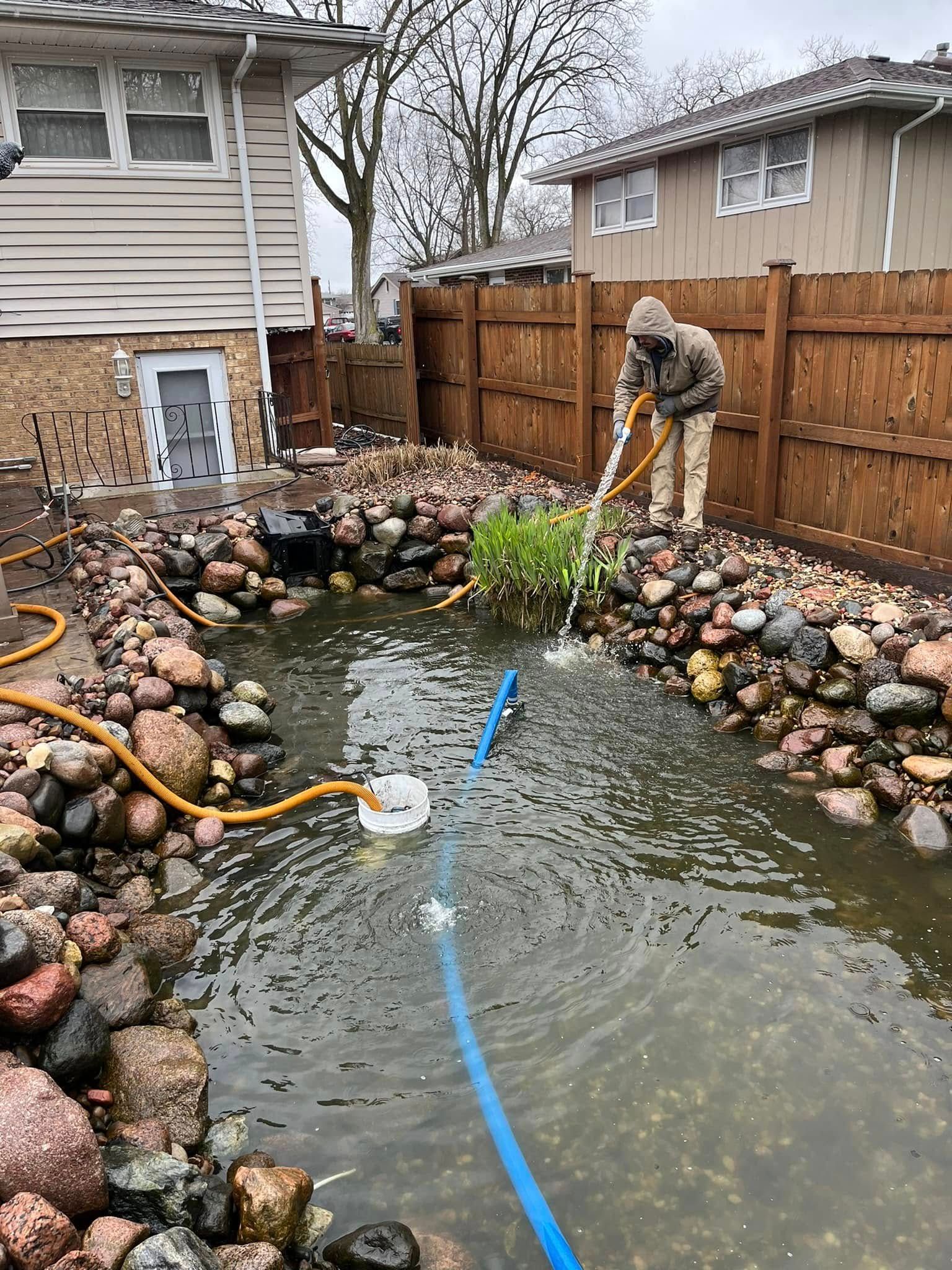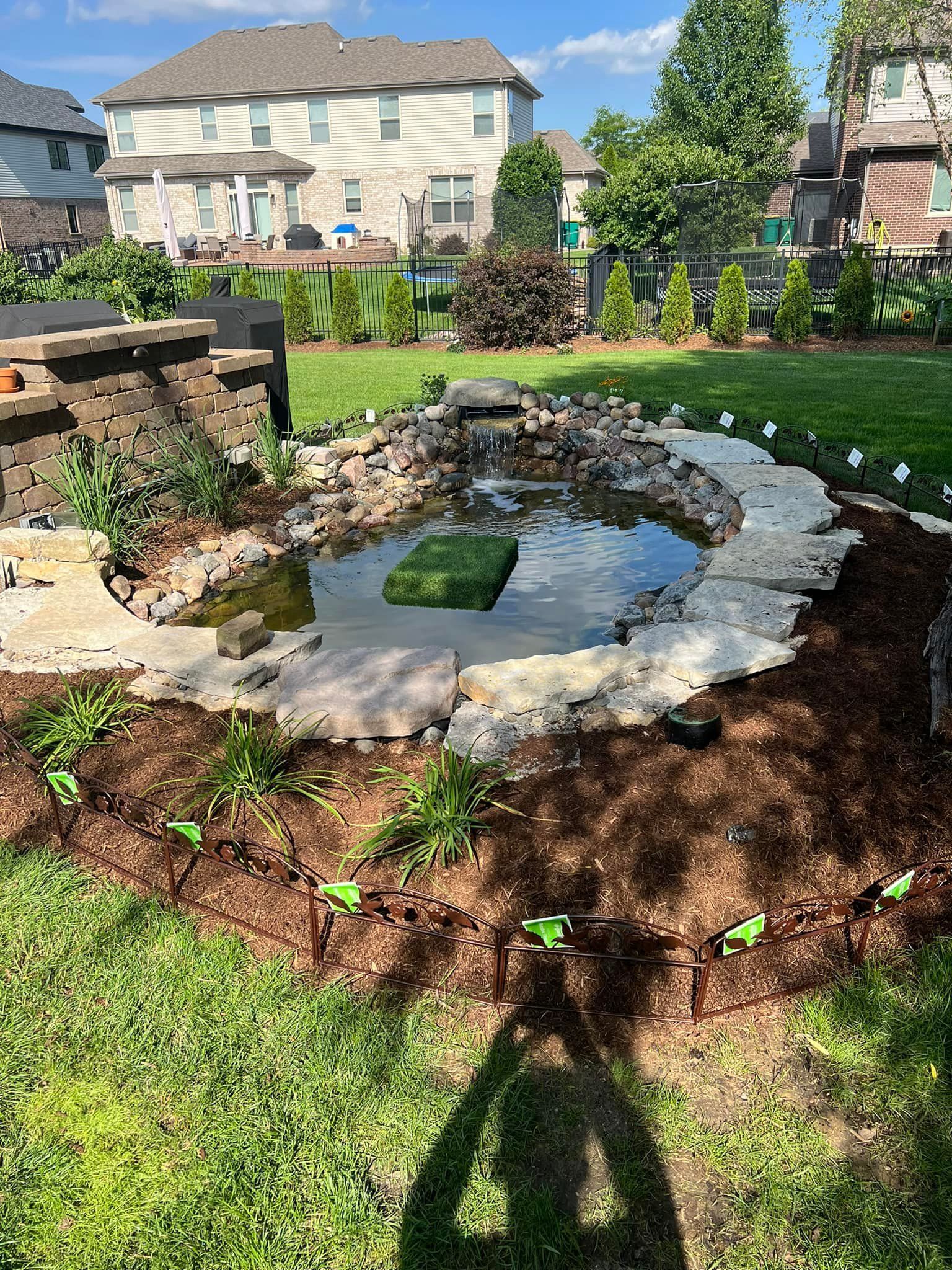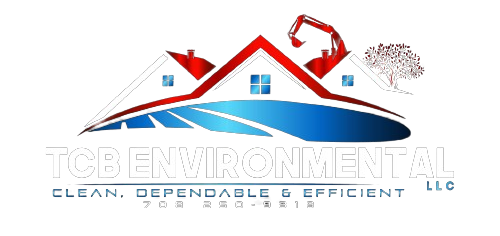So You Are Thinking About a Pondless Waterfall...
June 5, 2025
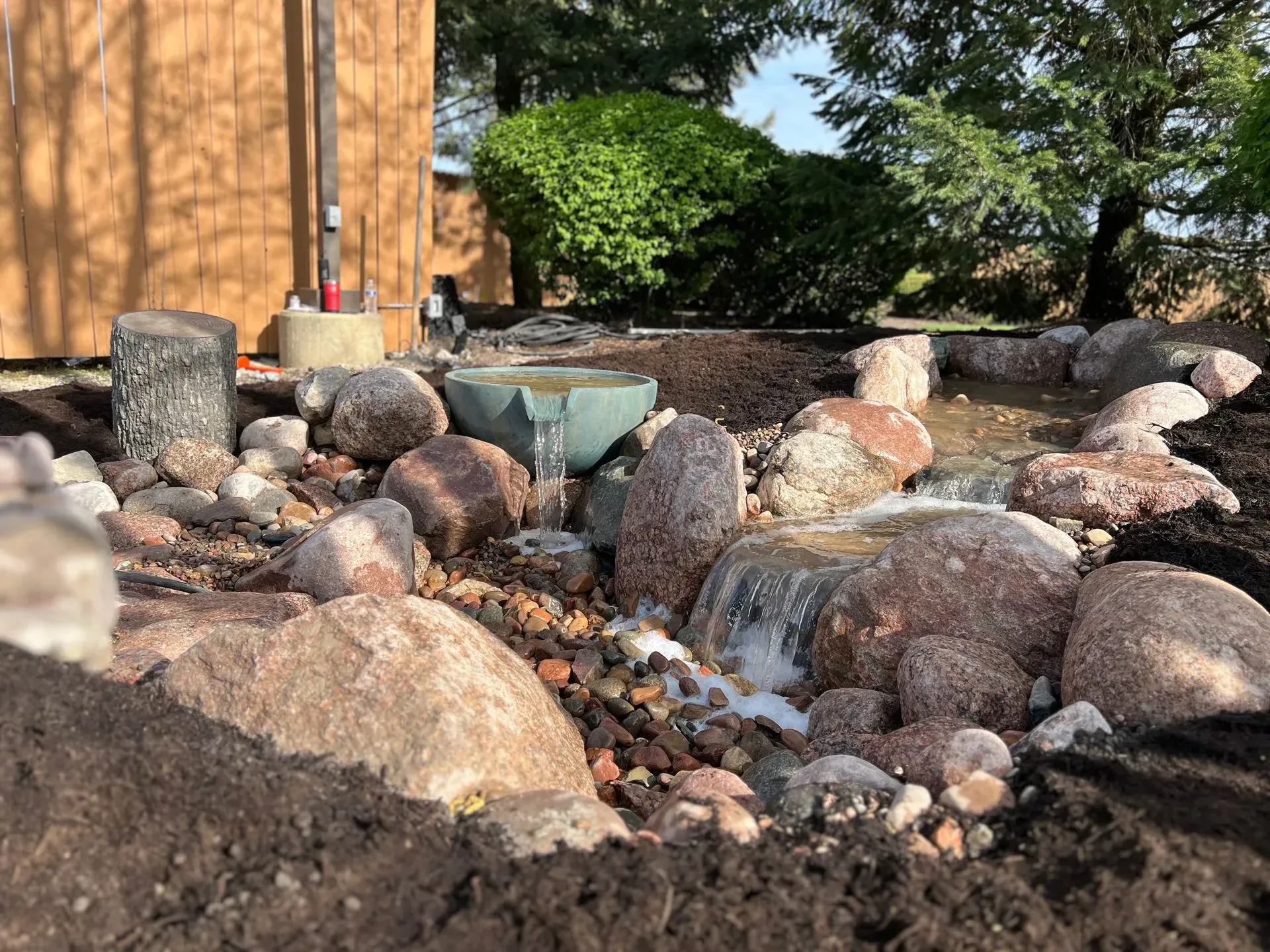
A pondless waterfall delivers all the calming sights and sounds of running water, without the maintenance or safety concerns of a traditional pond. Whether you're working with a compact yard or simply prefer a lower-maintenance water feature, this design is a smart, stylish choice. If you’ve been considering one for your outdoor space, here’s what you should know before making the leap.
What Exactly Is a Pondless Waterfall?
Unlike a standard waterfall that flows into a pond, a pondless waterfall recirculates water through a hidden underground reservoir. Water cascades over rocks or stones, disappears into gravel, and is pumped back up to the top. The result? The same tranquil experience without a standing body of water.
Why Homeowners Love Pondless Waterfalls
- Low Maintenance: Since there’s no pond to manage, you don’t have to worry about algae, stagnant water, or constant cleaning.
- Safer for Families and Pets: Without exposed water, the risk of drowning is drastically reduced, making it a great choice for households with kids or curious pets.
- Compact and Flexible: These systems fit easily into smaller yards or garden nooks, unlike traditional ponds that require more space and depth.
- Natural Appeal: Water flowing over rock formations enhances any landscape. With the right lighting and plant accents, it can create a peaceful retreat right in your backyard.
Planning Your Waterfall Design
When designing a pondless waterfall, there are a few key things to consider:
- Placement: Choose a location that gives you easy viewing and listening access. Many people place waterfalls near patios, windows, or entryways so they can enjoy the calming sound from indoors or outside.
- Height and Flow: The taller the drop, the louder and more dramatic the waterfall. If you're after a soft, soothing trickle, keep the elevation modest.
- Rocks and Finishes: Natural boulders, gravel beds, and complementary plants can make the waterfall blend seamlessly with your yard’s aesthetic.
- Power Access: You’ll need a power source nearby to run the pump, so factor that into your layout.
Installation Essentials
The basic setup includes digging a reservoir basin, laying a liner, placing a pump, and building the waterfall structure with rocks. Water collects in the basin, passes through a protective layer of gravel, and cycles back to the top through hidden tubing. It's a straightforward concept, but getting it right takes skill—especially if you want leak-free, efficient performance that lasts
Keeping It Running Smoothly
Although maintenance is minimal, there are still a few tasks worth noting:
- Monitor Water Levels: Evaporation can reduce water levels over time. Add water as needed to keep the pump fully submerged.
- Clean Debris: Remove fallen leaves or twigs that collect around the waterfall. A quick rinse of the pump filter every now and then helps too.
- Winter Prep: In colder climates, some homeowners shut down the pump during winter to prevent freezing. Others keep it running year-round with a few winterizing steps.
A Stylish Water Feature Without the Fuss
If you love the idea of a water feature but want to skip the upkeep of a pond, a pondless waterfall offers the best of both worlds—natural beauty, relaxing ambiance, and easy care.
With over 18
years of experience, TCB Environmental LLC
has helped homeowners in Peotone, IL, transform their outdoor spaces with expertly
designed pondless waterfalls tailored to fit any landscape. Ready to add movement, sound, and serenity to your yard? Contact us today—where inspired landscapes begin with the perfect flow.
